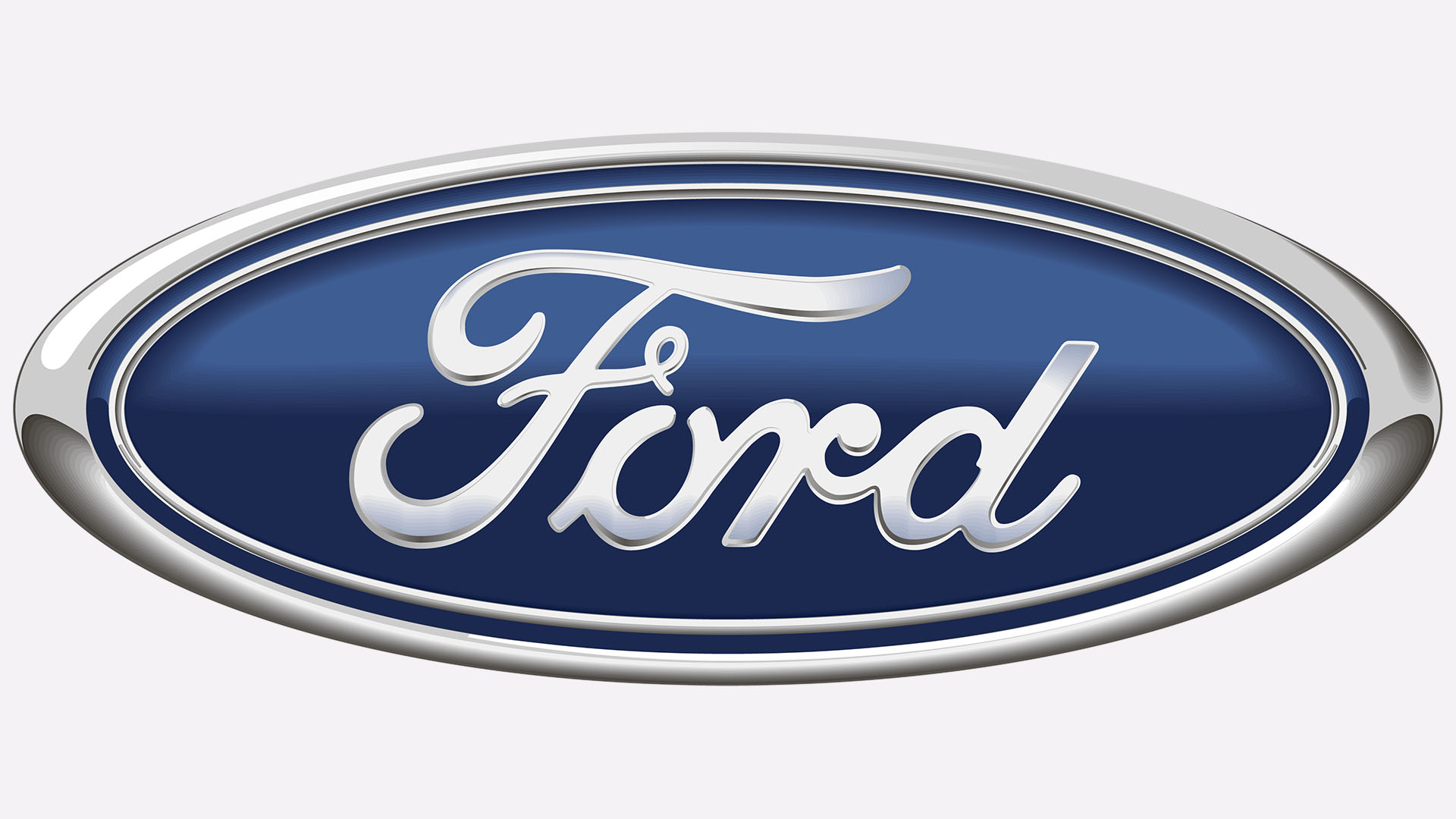
Ford EcoSport Discontinued: A Look Back at the Compact SUV
The Ford EcoSport, a subcompact SUV, entered the automotive scene with the promise of affordability, fuel efficiency, and urban maneuverability. While it had a global presence, its journey in the North American market was relatively brief, spanning from 2018 to 2022. Ford made the decision to discontinue the EcoSport in North America as part of a broader strategy to streamline its product lineup and focus on more profitable and popular models. This article looks back at the Ford EcoSport, examining its design, features, performance, and overall impact on the compact SUV market.
A Global Footprint
The Ford EcoSport’s roots trace back to Brazil, where the first generation was launched in 2003. It was designed as a rugged, budget-friendly SUV for emerging markets. The second generation, introduced in 2012, marked a shift towards a more modern and globally appealing design. This version made its way to various markets, including Europe, Asia, and eventually, North America.
North American Arrival and Departure
The EcoSport arrived in North America in 2018, aiming to capture a share of the burgeoning subcompact SUV segment. While it offered a competitive price point and a small footprint suitable for city driving, it faced criticism for its dated design, lackluster performance, and limited cargo space.
In 2021, Ford announced that it would discontinue the EcoSport in North America, with production ending in 2022. This decision was part of a larger restructuring plan that involved shifting resources towards electric vehicles and other more profitable models.
Design and Features
The Ford EcoSport featured a distinctive design that set it apart from other SUVs. Its tall stance, short wheelbase, and prominent front grille gave it a somewhat quirky and unconventional appearance.
Exterior:
- The EcoSport’s exterior design was characterized by its high roofline, which provided ample headroom for passengers.
- The front fascia featured a large, trapezoidal grille with chrome accents, flanked by swept-back headlights.
- The rear of the vehicle had a side-hinged tailgate, which was a unique feature in the subcompact SUV segment.
- Available exterior features included alloy wheels, roof rails, and fog lights.
Interior:
- The EcoSport’s interior was functional and practical, with a focus on maximizing space.
- The dashboard layout was simple and straightforward, with easy-to-reach controls.
- The seats were comfortable and supportive, providing adequate cushioning for long journeys.
- Available interior features included a touchscreen infotainment system, Apple CarPlay and Android Auto compatibility, and a sunroof.
Performance
The Ford EcoSport offered two engine options:
1.0-Liter EcoBoost Engine:
- This turbocharged three-cylinder engine produced around 123 horsepower and 125 lb-ft of torque.
- It provided decent fuel economy, making it a suitable choice for city driving.
2.0-Liter Four-Cylinder Engine:
- This naturally aspirated engine generated around 166 horsepower and 149 lb-ft of torque.
- It offered better acceleration and overall performance compared to the 1.0-liter engine.
Both engines were paired with a six-speed automatic transmission. Front-wheel drive was standard, and all-wheel drive was available as an option.
Trim Levels
The Ford EcoSport was offered in several trim levels, each with its own set of features and equipment. These included:
S: The base trim level, offering essential features such as a rearview camera, air conditioning, and a basic audio system.
SE: This trim added features like a touchscreen infotainment system, Apple CarPlay and Android Auto compatibility, and automatic climate control.
Titanium: This trim level offered a more luxurious experience with leather upholstery, a premium audio system, and a sunroof.
SES: This sporty trim featured unique styling elements, a sport-tuned suspension, and all-wheel drive.
Reception and Criticisms
The Ford EcoSport received mixed reviews from critics and consumers alike. While it was praised for its affordability, fuel efficiency, and maneuverability, it also faced criticism for its:
Dated Design: The EcoSport’s design was considered outdated compared to newer competitors in the subcompact SUV segment.
Lackluster Performance: The base engine was criticized for its lack of power, especially when accelerating or climbing hills.
Limited Cargo Space: The EcoSport’s cargo area was smaller than many of its rivals, making it less practical for families or those who needed to transport large items.
Legacy
Despite its shortcomings, the Ford EcoSport played a role in the growth of the subcompact SUV segment. It offered an affordable entry point into the SUV market, appealing to budget-conscious buyers and urban dwellers. While it may not have been a sales success in North America, it helped pave the way for other subcompact SUVs that have since gained popularity.
Conclusion
The Ford EcoSport’s journey in North America was relatively short-lived, but it leaves behind a mixed legacy. It was a vehicle that offered affordability and practicality, but it also suffered from dated design and lackluster performance. While it may no longer be available in North America, the EcoSport remains a reminder of Ford’s efforts to compete in the rapidly evolving SUV market.
While the EcoSport’s time in North America has ended, it’s important to remember that the automotive landscape is constantly changing. Automakers are continuously innovating and developing new models to meet the evolving needs and preferences of consumers. The EcoSport’s departure makes room for other vehicles that may better cater to the demands of the market, and it serves as a reminder that even established automakers must adapt to stay competitive.
